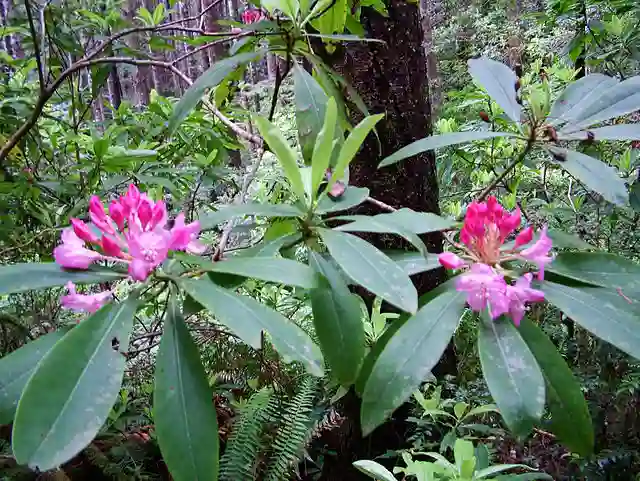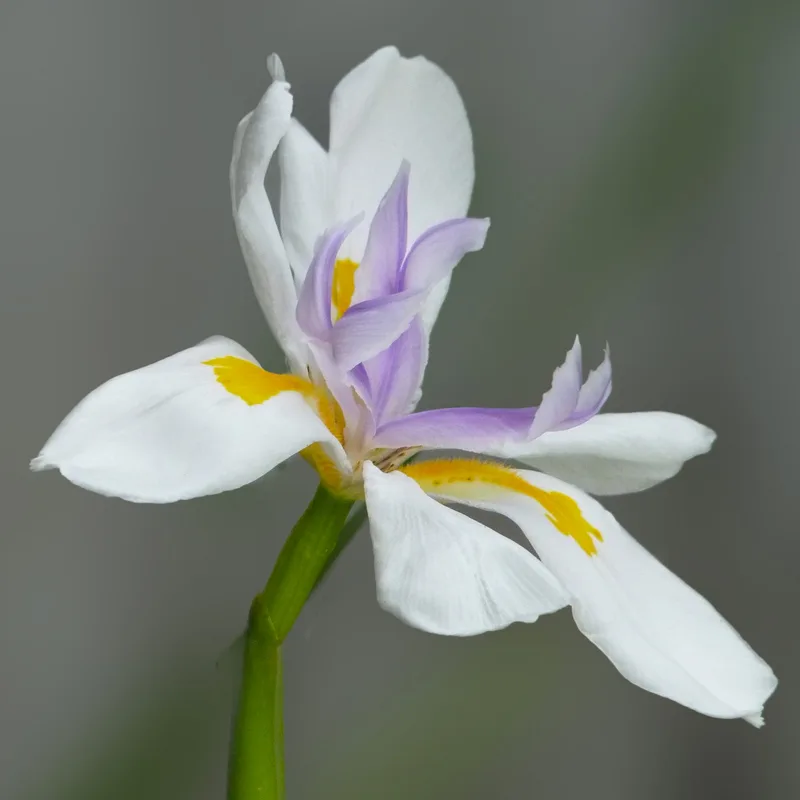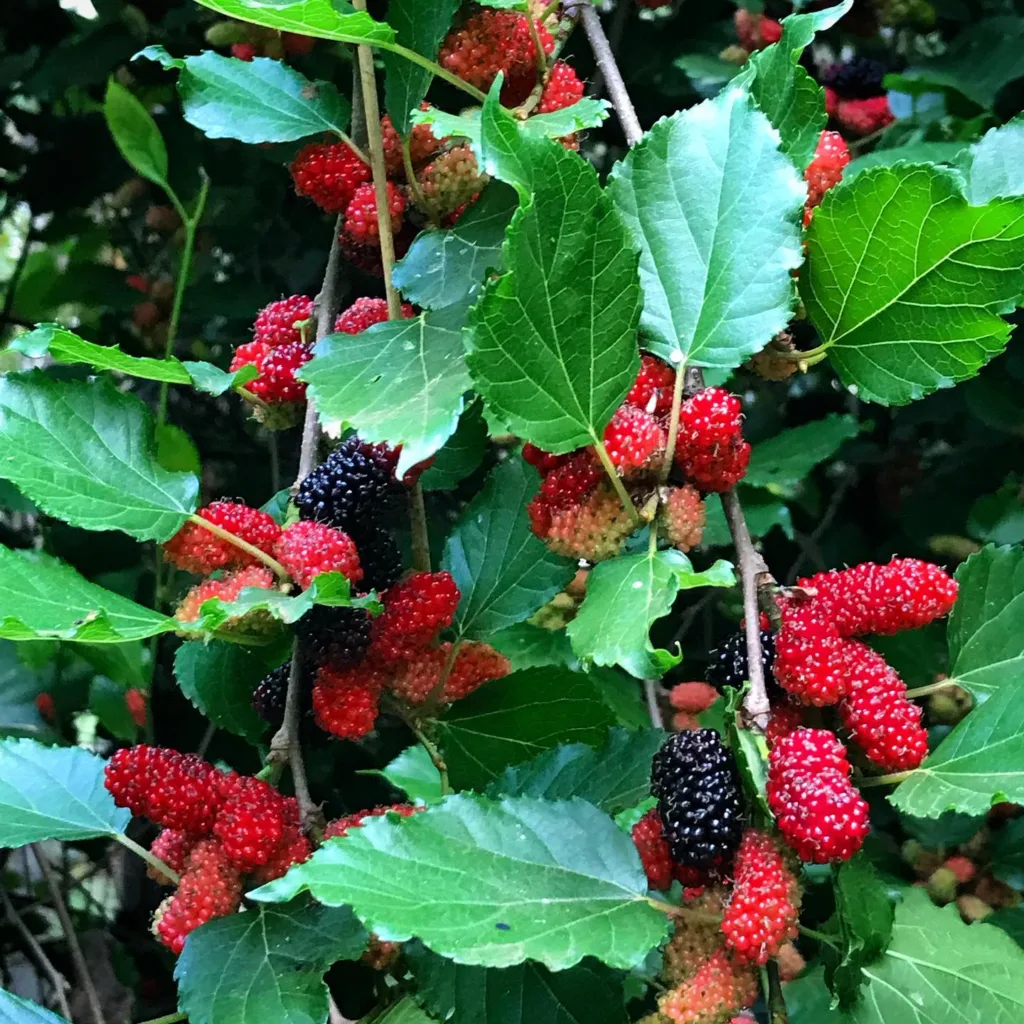Exploring the Beauty of Ternstroemia Gymnanthera
As a passionate gardener, I find joy in discovering and nurturing unique plant species that add character and beauty to my garden. One such gem that has captured my attention is Ternstroemia Gymnanthera, also known as Cleyera. With its glossy foliage and versatile nature, it’s no wonder this plant has gained popularity among garden enthusiasts. In this article, I will delve into the world of Ternstroemia Gymnanthera, exploring how to plant, care for, propagate, and companion plant with this fascinating species.
Ternstroemia Gymnanthera vs Cleyera Japonica
When I compared Ternstroemia Gymnanthera with Cleyera Japonica, I found Ternstroemia Gymnanthera to be incredibly robust and resilient, thriving in a range of conditions with minimal care. On the other hand, Cleyera Japonica had a more refined appearance, but it required more attention to maintain its lush, glossy foliage. I loved the bold, evergreen presence of Ternstroemia Gymnanthera in my garden, while Cleyera Japonica’s elegance was a bit more demanding but worth it for its striking look.
What is Ternstroemia Gymnanthera?
Ternstroemia Gymnanthera, commonly referred to as Cleyera, is a species of evergreen shrub native to East Asia. It belongs to the Theaceae family and is prized for its glossy, leathery leaves and small, fragrant flowers. Cleyera typically grows to a height of 6 to 12 feet, making it an ideal choice for hedges, borders, or standalone specimens in both residential and commercial landscapes.
How to Plant Ternstroemia Gymnanthera?
Planting Ternstroemia Gymnanthera requires careful consideration of soil, sunlight, and spacing to ensure optimal growth and health. Follow these steps for successful planting:
- Selecting the Right Location: Choose a site with well-draining soil and partial to full sunlight. Cleyera thrives in moist, fertile soil but can tolerate a range of soil types.
- Preparing the Soil: Before planting, amend the soil with organic matter such as compost to improve fertility and drainage. Ensure the soil pH is slightly acidic, ideally between 5.5 and 6.5.
- Digging the Hole: Dig a hole twice as wide and slightly deeper than the root ball of the Cleyera plant. Loosen the soil in the planting area to encourage root establishment.
- Planting the Cleyera: Gently remove the plant from its container and place it in the center of the prepared hole. Backfill the hole with soil, pressing firmly to eliminate air pockets around the roots.
- Watering and Mulching: Water the newly planted Cleyera thoroughly to settle the soil and provide moisture to the roots. Apply a layer of mulch around the base of the plant to retain soil moisture and suppress weed growth.
- Establishing Care Routine: Maintain regular watering during the first year of growth to support root development. Monitor the plant for signs of stress, such as wilting or yellowing leaves, and adjust watering accordingly.
How to Care for Ternstroemia Gymnanthera?
Once established, Ternstroemia Gymnanthera requires minimal maintenance to thrive. Here are some essential care tips:
- Watering: Provide regular watering, especially during periods of drought or extreme heat. Avoid overwatering, as soggy soil can lead to root rot.
- Fertilizing: Feed Cleyera annually with a balanced, slow-release fertilizer in early spring to promote healthy growth and vibrant foliage.
- Pruning: Prune Ternstroemia Gymnanthera in late winter or early spring to shape the plant and remove any dead or damaged branches. Trim lightly to maintain its desired size and shape.
- Pest and Disease Control: Monitor the plant for pests such as aphids, scale insects, and spider mites, and treat infestations promptly with insecticidal soap or horticultural oil. Ensure good air circulation around the plant to prevent fungal diseases.
- Winter Protection: In colder climates, provide winter protection by applying a layer of mulch around the base of the plant and wrapping it with burlap or frost cloth during freezing temperatures.
How to Propagate Ternstroemia Gymnanthera?
Propagating Ternstroemia Gymnanthera can be done through several methods, including:
- Seed Propagation: Collect ripe seeds from the Cleyera plant and sow them in a seed-starting mix. Keep the soil consistently moist and maintain warm temperatures for germination to occur.
- Stem Cuttings: Take 4 to 6-inch stem cuttings from healthy, mature branches of the Cleyera plant during the growing season. Remove lower leaves and dip the cut end in rooting hormone before planting in a well-draining potting mix. Keep the cuttings moist and provide bottom heat to encourage root development.
- Layering: Encourage natural layering by bending a low-growing branch of the Cleyera plant to the ground and covering it with soil. After roots have formed, sever the rooted branch from the parent plant and transplant it to a new location.
What to Plant with Ternstroemia Gymnanthera?
Companion planting with Ternstroemia Gymnanthera can enhance the visual appeal and ecosystem of your garden. Consider pairing Cleyera with:
- Azaleas and Rhododendrons: These acid-loving plants complement the glossy foliage of Cleyera and thrive in similar growing conditions.
- Camellias: With their lush, evergreen foliage and vibrant blooms, camellias make excellent companions for Cleyera in a mixed border or hedge.
- Japanese Maples: The delicate foliage and graceful form of Japanese maples provide contrast and texture when planted alongside Ternstroemia Gymnanthera.
In conclusion, Ternstroemia Gymnanthera, or Cleyera, is a versatile and visually striking plant that deserves a place in any garden landscape. By following proper planting, care, propagation, and companion planting techniques, you can enjoy the beauty of Cleyera for years to come. So why not consider adding this charming shrub to your garden collection?
If i die, water my plants!



